This is the “largest” ancient city ever discovered in Egypt. The city was built by one of Egypt’s most important rulers, King Amenhotep III, the ninth king of the 18th Dynasty, who ruled Egypt from 1391 to 1353 BC. This was the largest administrative and industrial settlement during the era of the Egyptian empire on the western bank of the city of Luxor. This ancient city has three main areas, including the royal palace of King Amenhotep III, the administrative and industrial center of the empire.

The oldest city in Egypt has just been discovered. Photo: Reuters
According to Egyptian archaeologists, the discovery of this ancient city will give a clearer insight into the life of the ancient Egyptians in the richest era of the empire and will shed light on the greatest mysteries of ancient Egyptian history.
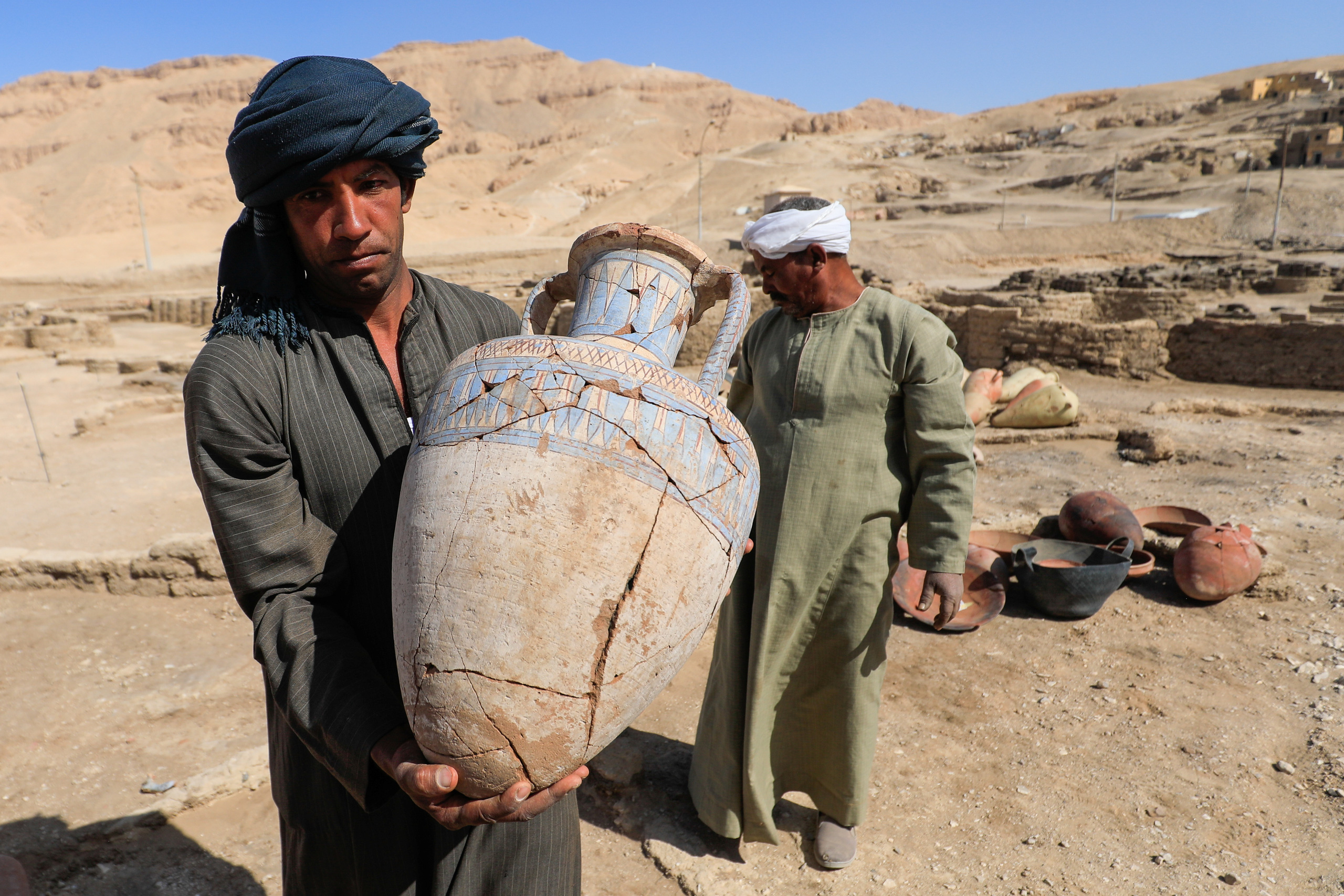 A vase discovered at the archaeological site of the lost city, The Rise of Aten, dates to the time of Amenhotep III. Photo: Reuters
A vase discovered at the archaeological site of the lost city, The Rise of Aten, dates to the time of Amenhotep III. Photo: Reuters
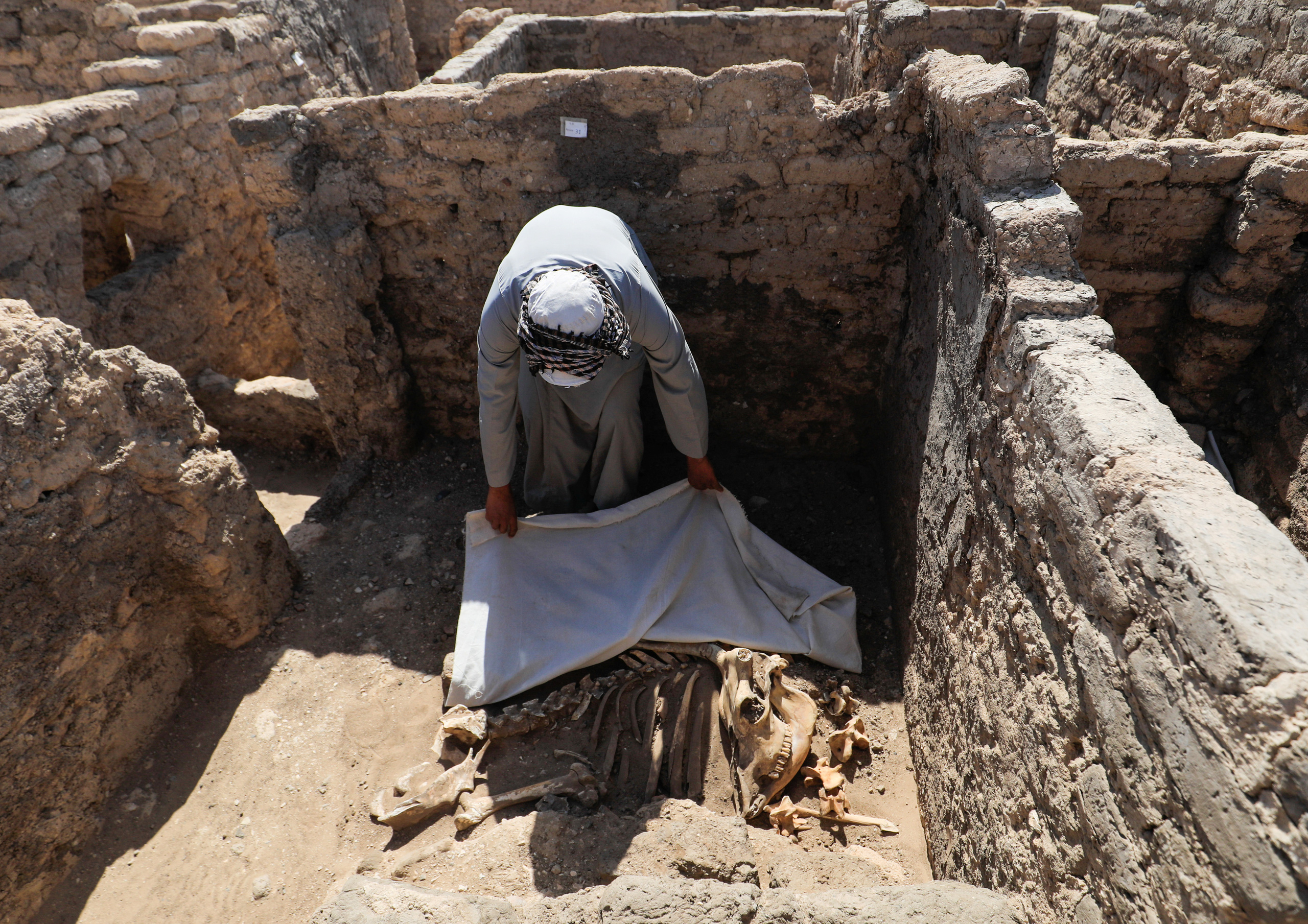 At this site, archaeologists discovered animal bones. Photo: Reuters
At this site, archaeologists discovered animal bones. Photo: Reuters
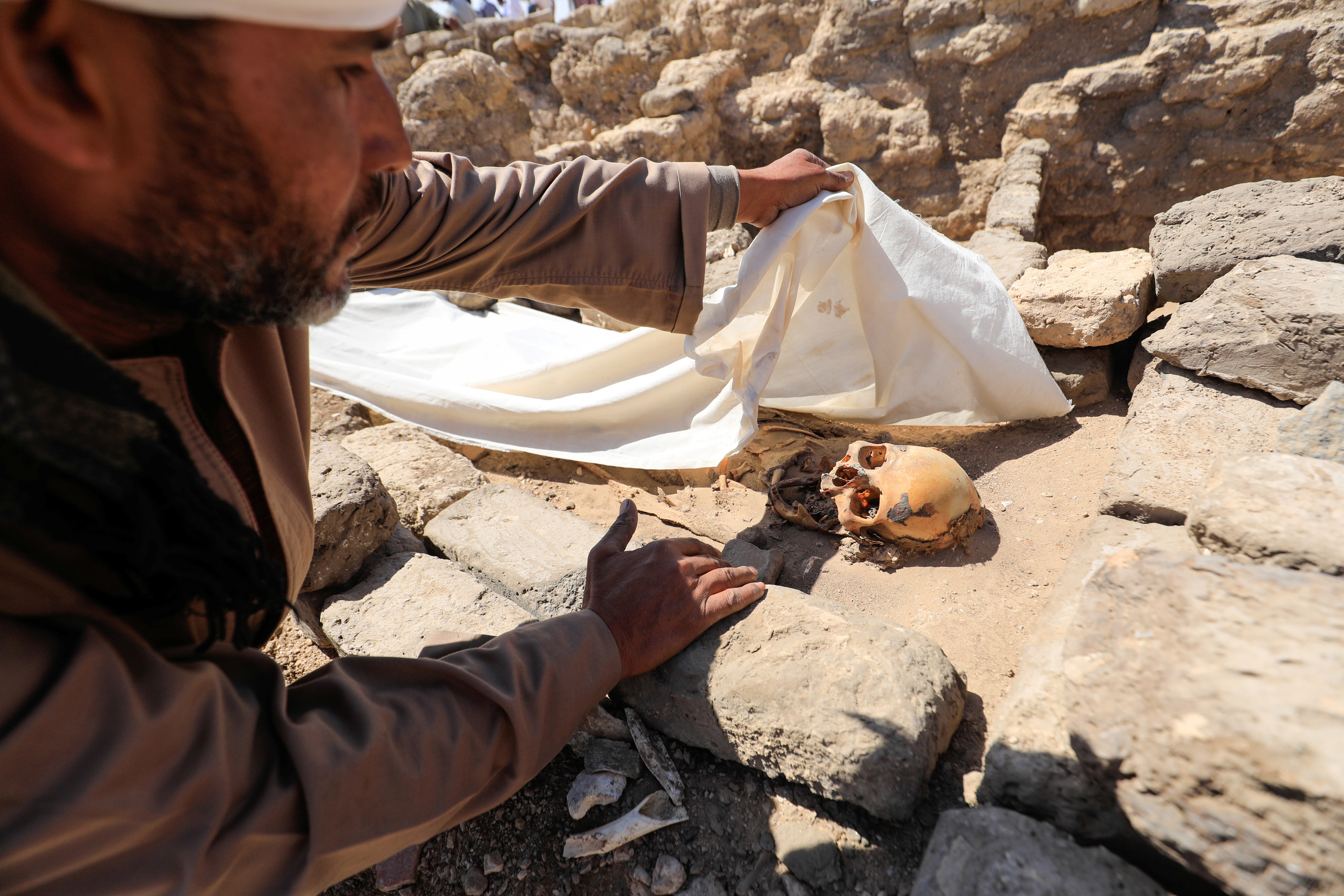 and human bones. Photo: Reuters
and human bones. Photo: Reuters
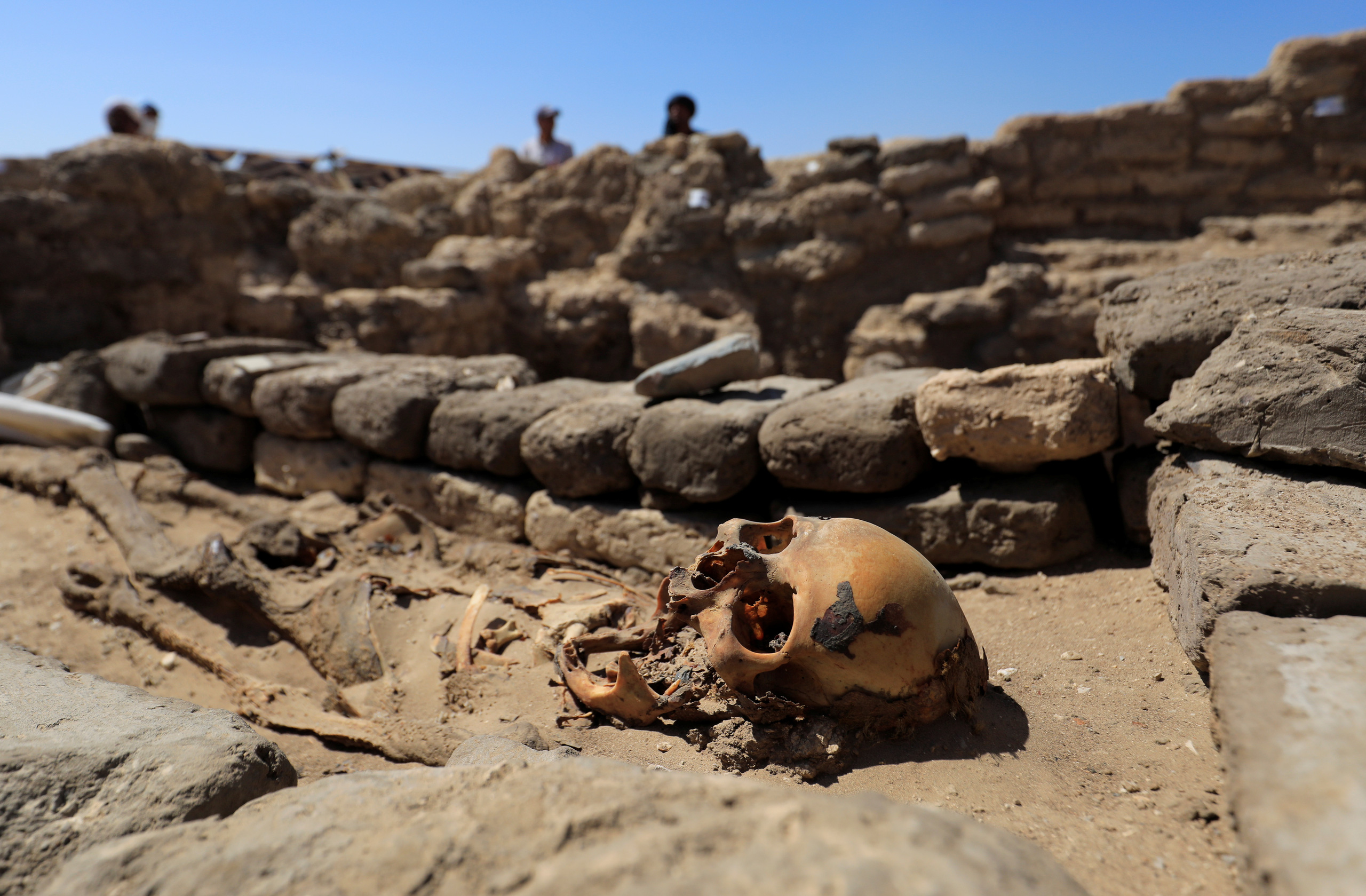 A skeleton may have inhabited the city 3,000 years ago. Photo: Reuters
A skeleton may have inhabited the city 3,000 years ago. Photo: Reuters
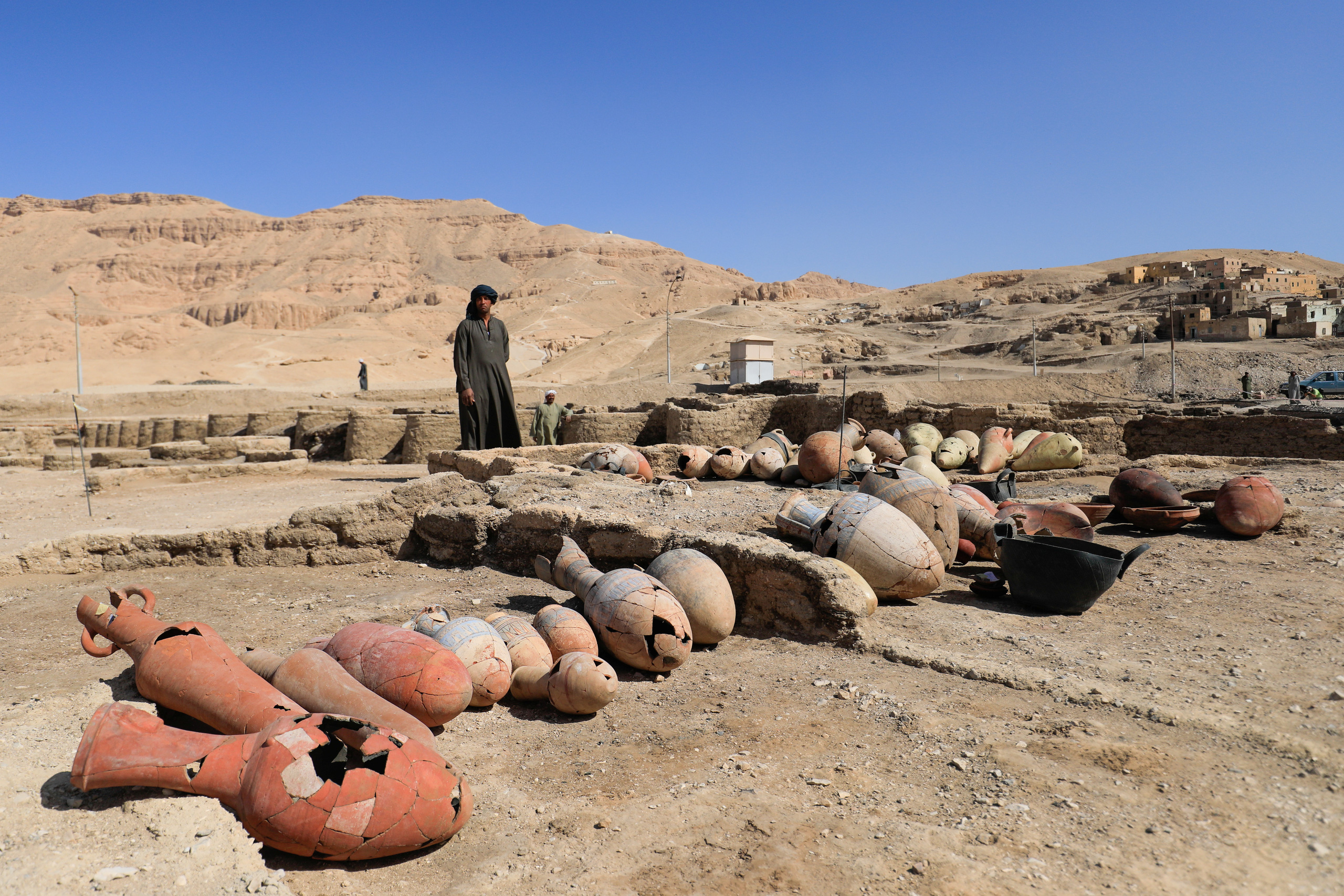 In the “Golden City” abundant ceramic vessels were discovered. Photo: Reuters
In the “Golden City” abundant ceramic vessels were discovered. Photo: Reuters
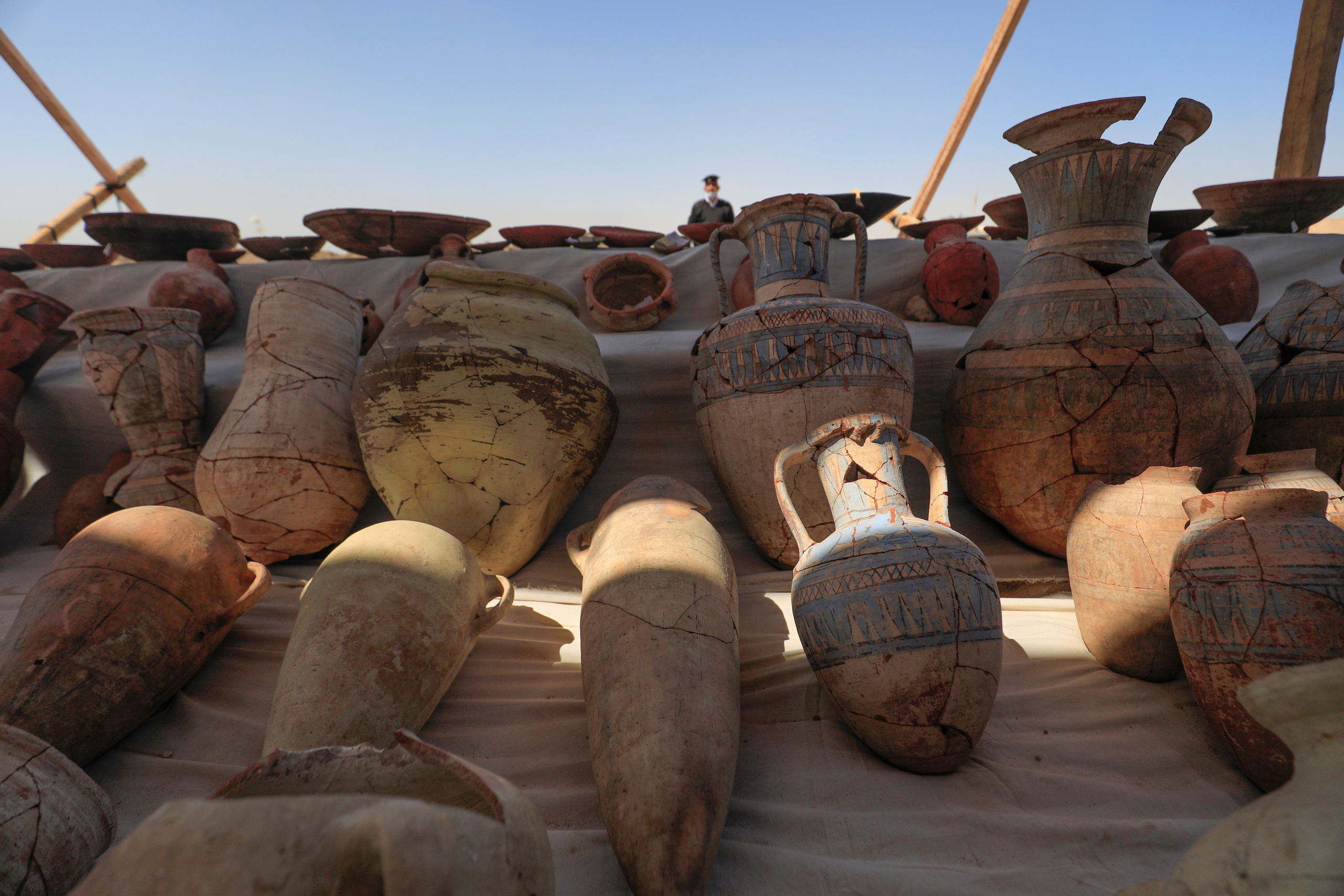 It is the largest archaeological discovery since the discovery of King Tutankhamun’s tomb 100 years ago. Photo: Reuters
It is the largest archaeological discovery since the discovery of King Tutankhamun’s tomb 100 years ago. Photo: Reuters
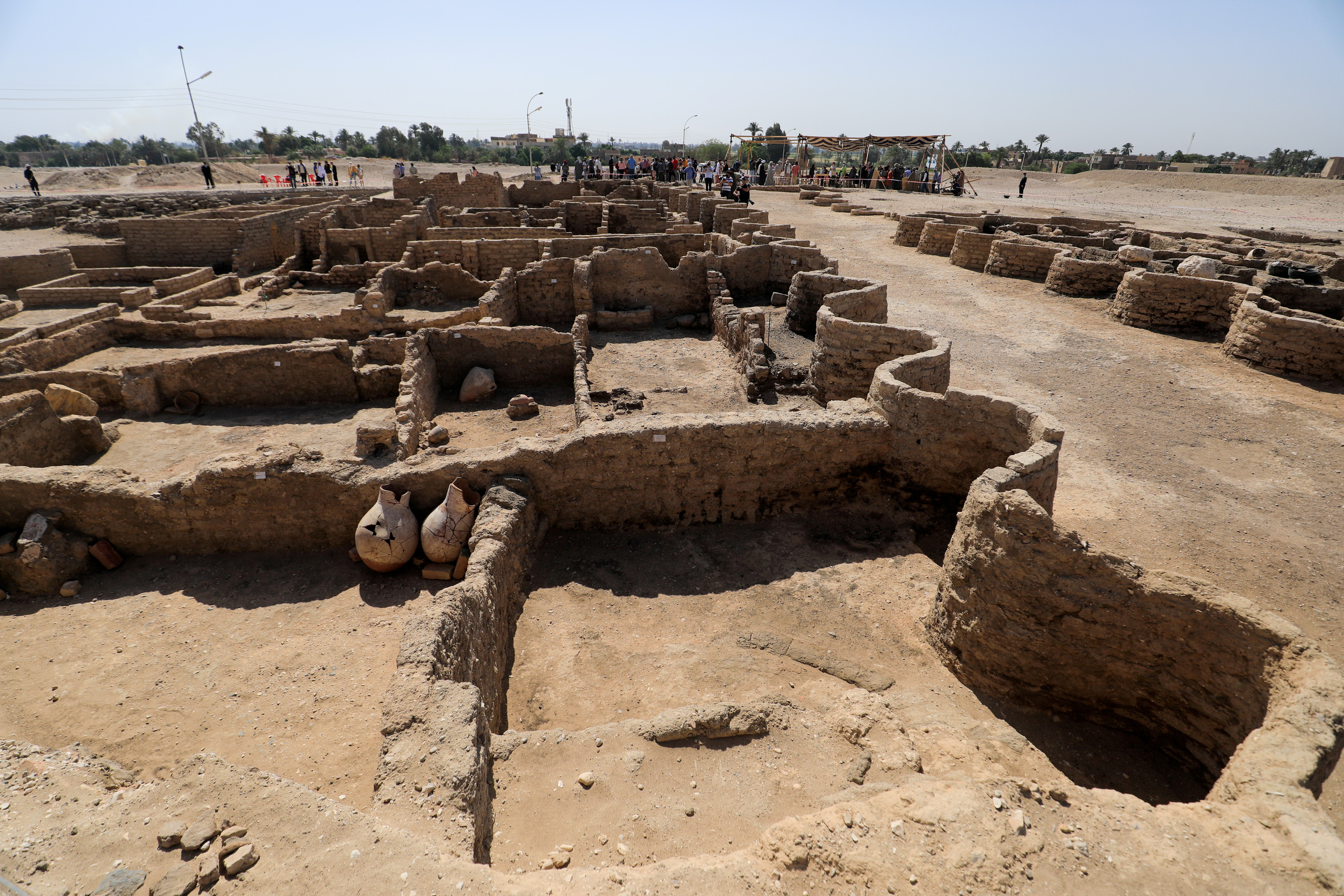
The S-shaped curved walls are an architectural element that speaks of the city’s age. Archaeologists say they are so intact it seems like yesterday. Photo: Reuters
Zigzag walls are one of the rare architectural elements of ancient Egyptian architecture, mainly used in the late 18th dynasty. A large number of molds for the production of amulets and other exquisite decorative elements. This is further evidence of widespread activity in the city to produce decorations for both temples and tombs.
The excavation began in September 2020. A large number of archaeological finds, such as rings, fragments, colorful ceramic vessels and mud bricks with the seal of King Amenhotep III, have confirmed the date of the city.
New excavations at the site will reveal what really happened 3,500 years ago.





